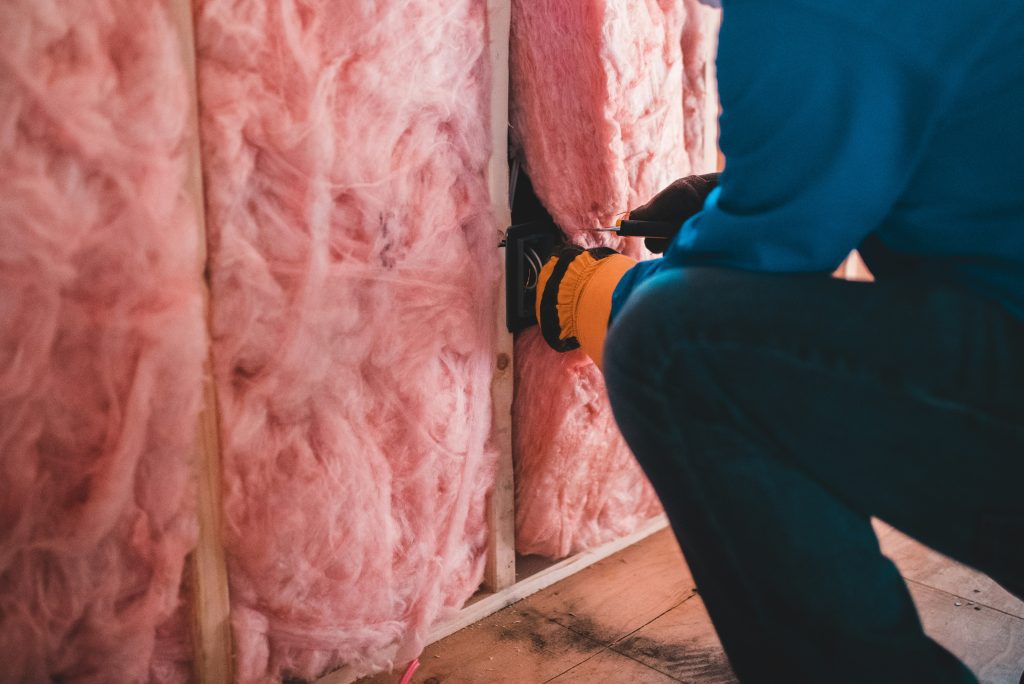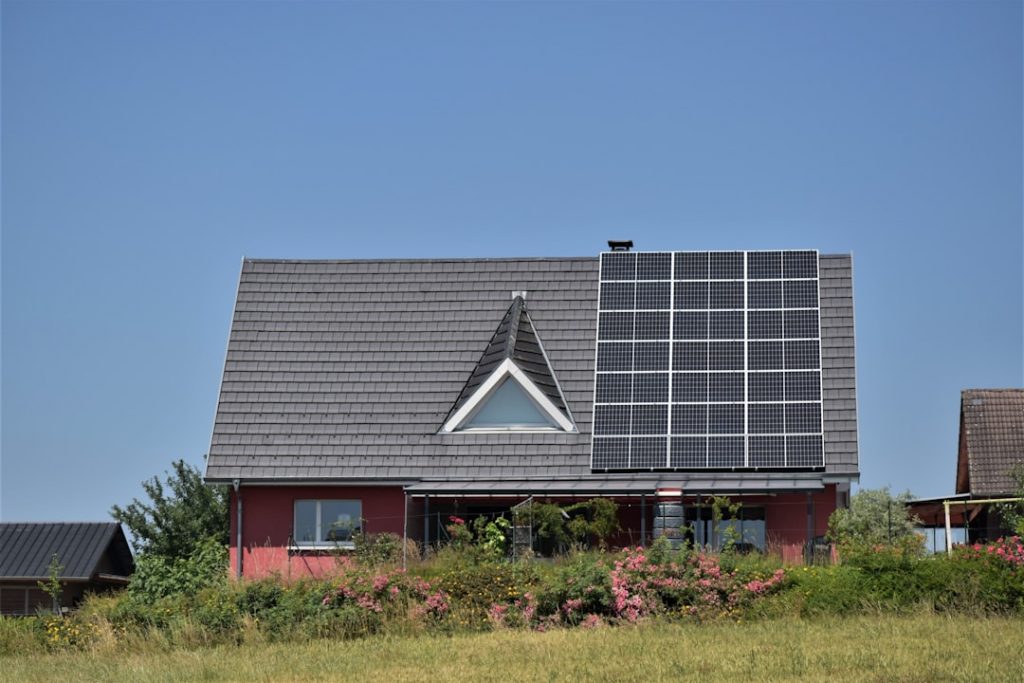Home insulation is a vital component in maintaining a comfortable and energy-efficient living space. Proper insulation helps regulate indoor temperatures, reduce energy consumption and lower utility bills. However, many homeowners are deterred from insulating their homes due to the perceived high costs associated with professional installation and materials.
Fortunately, there are budget-friendly options available for those looking to improve their home insulation without breaking the bank. In this article, we shall explore eco-friendly insulation materials, DIY insulation techniques and other cost-effective strategies for insulating your home. By implementing these budget-friendly solutions, you can create a more comfortable and sustainable living environment whilst saving money on energy expenses.
Summary
- Budget-friendly home insulation is essential for reducing energy costs and creating a comfortable living environment.
- Eco-friendly insulation materials such as recycled denim, sheep’s wool, and cellulose offer sustainable and effective options for insulating homes.
- DIY insulation techniques, such as using weather stripping and caulking, can be cost-effective ways to improve insulation and reduce energy loss.
- Sealing air leaks and drafts around windows, doors, and other areas can significantly improve the efficiency of home insulation.
- Insulating windows and doors with draft excluders, curtains, and double-glazing can further enhance energy efficiency and reduce heat loss.
Eco-Friendly Insulation Materials
When it comes to home insulation, there are a variety of eco-friendly materials that are not only cost-effective but also sustainable. One popular option is cellulose insulation, which is made from recycled paper products and treated with fire-retardant chemicals. Cellulose insulation is an excellent choice for those looking to reduce their environmental impact while improving the energy efficiency of their home.
Another eco-friendly option is wool insulation, which is made from sheep’s wool and offers excellent thermal performance. Wool insulation is not only renewable and biodegradable but also has natural fire-retardant properties, making it a safe and sustainable choice for home insulation. Additionally, recycled denim insulation, made from repurposed denim jeans, is another eco-friendly alternative that provides effective thermal insulation while reducing waste in landfills.
By opting for these eco-friendly insulation materials, homeowners can improve the energy efficiency of their homes while minimising their carbon footprint.
DIY Insulation Techniques

For those on a budget, do-it-yourself (DIY) insulation techniques can be a cost-effective way to improve home insulation. One DIY option is to use weatherstripping to seal gaps around windows and doors, preventing drafts and heat loss. Weatherstripping materials such as foam tape or silicone caulk are affordable and easy to install, making them an accessible solution for homeowners looking to improve their home’s energy efficiency.
Another DIY technique is to insulate attics and crawl spaces using loose-fill insulation, such as blown-in cellulose or fiberglass. These materials can be installed using rental equipment or purchased in manageable quantities for smaller areas, allowing homeowners to save on installation costs while improving their home’s thermal performance. Additionally, installing reflective foil insulation in the attic can help to reduce heat transfer and improve energy efficiency, providing a budget-friendly solution for homeowners looking to lower their heating and cooling expenses.
By utilising these DIY insulation techniques, homeowners can enhance the comfort and energy efficiency of their homes without breaking the bank.
Sealing Air Leaks and Drafts
| Metrics | Value |
|---|---|
| Average Air Leakage Rate | 3.0 air changes per hour |
| Number of Drafty Areas Identified | 15 |
| Estimated Energy Savings | 10-20% |
| Cost of Sealing Air Leaks | £500-£1000 |
One of the most significant contributors to heat loss and energy inefficiency in homes is air leaks and drafts. Sealing these gaps is a crucial step in improving home insulation and reducing energy expenses. Common areas where air leaks occur include around windows and doors, electrical outlets, plumbing penetrations, and attic hatches.
By using caulk, foam sealant, or weatherstripping to seal these gaps, homeowners can prevent warm air from escaping in the winter and cool air from seeping out in the summer. Additionally, installing door sweeps and draft stoppers can help to minimise drafts and improve the overall comfort of the home. By addressing air leaks and drafts, homeowners can significantly reduce their energy consumption and create a more comfortable living environment without spending a fortune on professional insulation services.
Insulating Windows and Doors
Windows and doors are primary areas of heat loss in homes, making them essential targets for insulation improvements. One budget-friendly option for insulating windows is to use window film, which can be easily applied to the glass surface to reduce heat transfer and improve energy efficiency. Window film is available in various styles, including insulating film that creates an additional layer of thermal protection and decorative film that enhances privacy and aesthetics.
Another cost-effective solution for insulating windows is to use thermal curtains or drapes, which provide an extra barrier against heat loss and drafts while adding a decorative touch to the home. When it comes to insulating doors, installing door sweeps and weatherstripping can help to seal gaps and prevent air leaks, improving the overall energy efficiency of the home. By focusing on insulating windows and doors using these budget-friendly solutions, homeowners can enhance the comfort and thermal performance of their living spaces without breaking the bank.
Utilising Renewable Energy Sources for Heating

In addition to improving home insulation, utilising renewable energy sources for heating can further reduce energy expenses and environmental impact. One budget-friendly option is to install a solar water heating system, which uses solar panels to heat water for domestic use. Solar water heating systems are relatively affordable and can significantly reduce the reliance on traditional water heating methods, lowering utility bills in the long run.
Another renewable heating option is to use a wood-burning stove or fireplace as a supplemental heat source. Wood is a renewable fuel source, and modern wood-burning appliances are designed for efficient combustion, making them a cost-effective alternative to traditional heating systems. Additionally, using programmable thermostats and zoning systems can help homeowners optimise their heating usage and reduce energy waste, leading to substantial savings on heating expenses.
By incorporating renewable energy sources for heating into their homes, homeowners can further enhance their energy efficiency efforts while reducing their carbon footprint.
Monitoring and Maintaining Insulation Efforts
Once home insulation improvements have been implemented, it is essential to monitor and maintain these efforts to ensure long-term effectiveness. Regularly inspecting insulation materials for signs of wear or damage can help identify potential issues before they escalate, allowing for timely repairs or replacements. Additionally, scheduling professional maintenance for heating systems, such as furnaces or boilers, can ensure optimal performance and energy efficiency.
Monitoring energy consumption through smart meters or energy monitoring devices can provide valuable insights into usage patterns and identify areas for further improvement. Furthermore, conducting periodic energy audits can help homeowners assess the effectiveness of their insulation efforts and identify additional opportunities for energy savings. By staying proactive in monitoring and maintaining insulation efforts, homeowners can maximise the benefits of their investments in home insulation while enjoying long-term comfort and cost savings.
In conclusion, improving home insulation does not have to be a costly endeavour. By exploring eco-friendly insulation materials, utilising DIY techniques, sealing air leaks and drafts, insulating windows and doors, utilising renewable energy sources for heating, and monitoring and maintaining insulation efforts, homeowners can achieve significant improvements in energy efficiency while staying within budget constraints. With careful planning and strategic implementation of cost-effective solutions, creating a comfortable and sustainable living environment is well within reach for all homeowners.
If you’re looking for more ways to make your home environmentally friendly, you might want to check out this article on greening up your yard with environmentally friendly landscaping tips. It offers great advice on how to create a sustainable and beautiful outdoor space that complements your energy-efficient home insulation.
FAQs
What are the cheapest ways to insulate a home?
Some of the cheapest ways to insulate a home include using draft excluders, sealing gaps and cracks, adding thermal curtains, and using reflective insulation.
How can draft excluders help with insulation?
Draft excluders can help prevent cold air from entering the home and warm air from escaping. They are an inexpensive way to improve insulation around doors and windows.
Why is sealing gaps and cracks important for insulation?
Sealing gaps and cracks helps prevent air leakage, which can significantly improve the overall insulation of a home. This can be done using caulk, weatherstripping, or expanding foam.
What are thermal curtains and how do they help with insulation?
Thermal curtains are made from thick, insulating fabric that helps to reduce heat loss through windows. They can be an affordable way to improve the insulation of a home, especially during the colder months.
How does reflective insulation work?
Reflective insulation works by reflecting heat away from the home in the summer and back into the home in the winter. It can be installed in attics, walls, and under floors to improve overall insulation at a relatively low cost.


